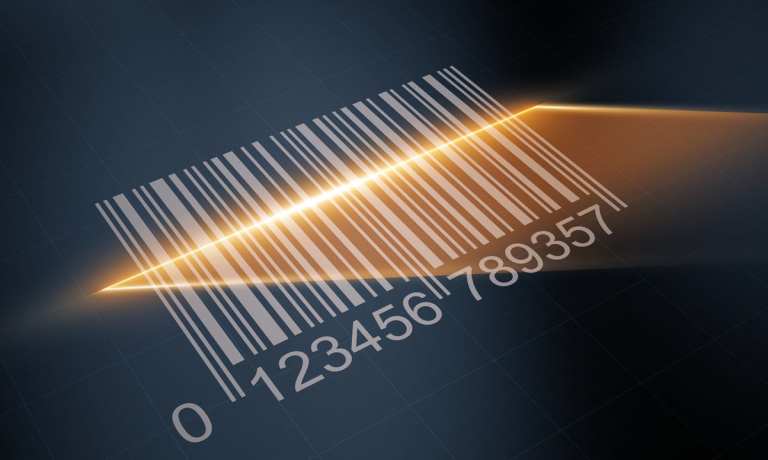Gift Cards Scan Their Way Into The Digital-First Economy

There’s no shortage of evidence for the digital shift, especially when it comes to changes in the way consumers are now paying for goods and services. QR codes, installment credit, by now, pay later (BNPL) — all of these and more set the stage for a revolution in payments. One of the overlooked examples may be digital wallets. PYMNTS’ research on the recent holiday season found that 40 percent of shoppers used digital wallets to pay for holiday gifts, a 54 percent increase compared to 2019.
That digital change has spread to many aspects of the business, and it has not gone unnoticed by payments company Blackhawk Network. As Blackhawk Vice President Jayson Berg told PYMNTS in a recent conversation, this genie isn’t going back in the bottle. The result is that retailers are being pushed into a faster pivot to digital optimization than they were even considering a year ago. As Berg sees it, one of those considerations is eGifting, which Blackhawk has continued to refine and optimize.
But beyond the familiar gift card use cases, the larger goal of helping its merchant partners take a more holistic approach on how they fit into the larger payments ecosystem. Digital gifting is an important component of the journey, said Berg, but not the whole of it. It’s what motivated Blackhawk to release its new suite of payments solutions in late 2020 called Pay4It, designed to bridge the gap between cash and digital payments and expand the acquisition channels for digital gift cards and payments.
Now, Blackhawk has added a twist to that new suite — and it combines the rise of eGift cards with digital wallets. Called ScanIt, it continues to bridge the divide between physical and digital. As the name suggests, ScanIt centers on QR codes. The consumer accesses digital content, of which gift cards is a major category, in-store by scanning a QR code. The consumer makes their selection and enters an email address where they would like the digital gift card sent. The consumer generates a barcode that they take to the cashier; the barcode is scanned and paid for in-store, completing the transaction. The digital content is delivered to the email address and is immediately available for self-use or as a gift.
“What’s cool about this is that it perfectly ties together the opportunity of blurring boundaries between the digital and physical landscape,” said Berg. “So for a merchant, it provides the luxury of content that is not constrained by physical space. It allows them to engage the consumer at every touchpoint in new and unique ways. For a brand, it really opens up new avenues for promotion or value-added content to engage its consumers. And then finally, for the customer, it simply provides access to a broader selection of digital content, along with access to new promotions.”
Gift Cards As Payments
Berg said Blackhawk is seeing more consumers using gift cards as a payment vehicle and an on-ramp to digital payments. For retailers, it creates opportunities for higher conversion rates and stronger loyalty. But that requires tailoring eGift cards to the evolving needs of consumers. Across the board, Berg said, Blackhawk saw a major rise in the combined use of eGift cards and digital wallet payments during 2020.
Berg expects that rise to continue as the brand partners level up their wallet capabilities as they follow consumer trends. A digital wallet that only serves as a storehouse for payment credentials is becoming less relevant to consumer needs by the day. Wallets now need to be equipped to accept everything from cash to rewards to gift cards. The goal, said Berg, is to offer consumers more usable payment options across the buying experience.
“We see that as an opportunity for retailers going forward and in the physical space.” he noted.
And it’s an opportunity that is bigger than eGift cards alone. As Berg explained, the big movement in the ecosystem is about enshrining consumer choice across the board and allowing them to access the tools they want to use for transactions instead of what is forced on them. For Blackhawk, a critical area of focus in 2021 will be helping merchants offer consumers the ability to access funds in their apps in any form — reward offerings, gift cards, rebates and more — and using them to make purchases in those apps.
That ties in directly to the second major and connected opportunity that Berg believes was presented by the changing payments landscape in 2020: providing consumers who still want to use cash a simple way to digitize it for digital transactions.
“This can be done pretty easily by letting consumers add cash to a digital wallet, a mobile app or an account,” Berg said. “What we see now is an unprecedented level of urgency for merchants to embrace the digital payment options as these consumer preferences are shifting so quickly, almost overnight.”
It’s a shift that shows no signs of reversing course anytime soon — consumers have not only learned a new way to shop but have also learned to love it in many respects. But it could present a positive opportunity for merchants who navigate it correctly — and find that with new digital tools in hand, they are better prepared to engage with their customers than they ever have been before.
“We feel that the ones who do it right and really respond to the opportunity are the ones that are going to benefit with increased loyalty through traffic and spend,” said Berg.